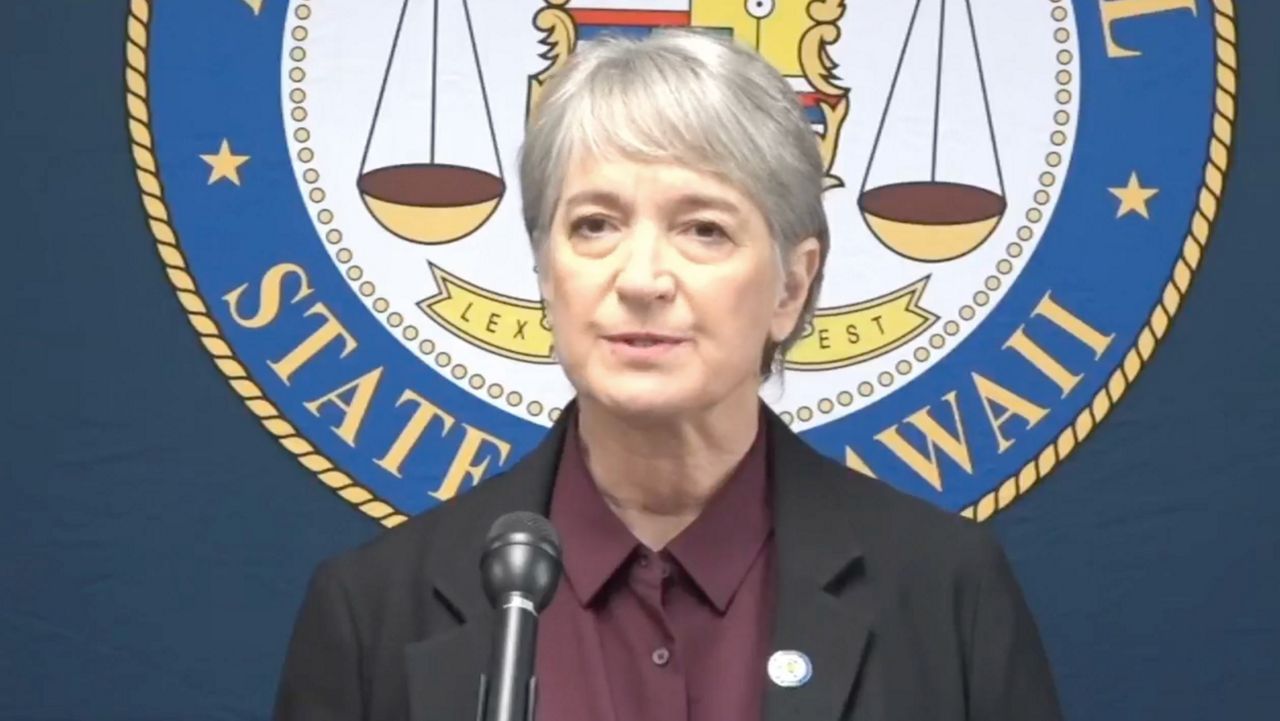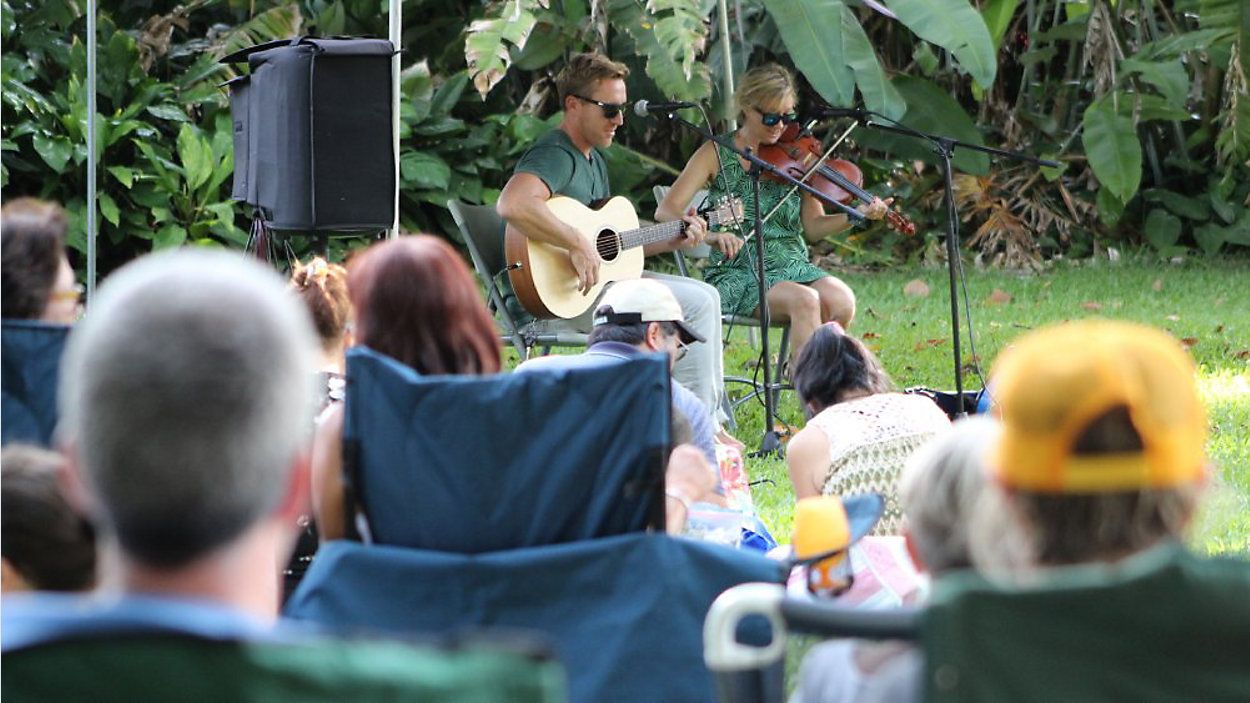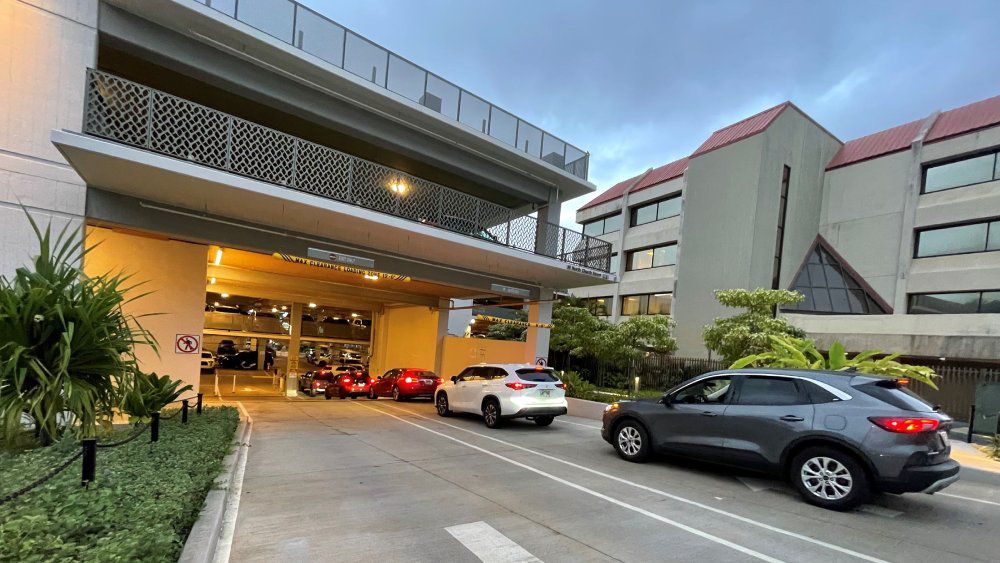LAHAINA, Hawaii — A confluence of extreme weather, aging infrastructure, lack of investment and resources, and a “widespread lack of preparedness” helped to turn last year’s Maui wildfires into a historically devastating event, according to the second of three reports detailing findings of the state Department of the Attorney General’s investigation into how state and county governments responded to the disaster.
“This investigation serves as a wake-up call for the state and county governments to learn from the past and urgently prepare for the future,” state attorney general Anne Lopez said during a news briefing on Friday. “It is also a testament to the courage of our emergency services personnel and the everyday heroes who helped thousands of Lahaina residents and visitors to reach safety.”
The Maui Wildfire Phase Two Report, prepared by the Fire Safety Research Institute, a part of UL Research Institutes, follows an initial report released in April that provided a timeline of events. It identifies the major factors that led to the disaster and provides recommendations that can be immediately implemented.
“The wildfire preparedness, prevention and operational measures in place that day faced significant — sometimes unprecedented — challenges as the threat escalated,” said Seve Kerber, vice president and executive director of FSRI. “Insufficient resources and investment across multiple domains hindered the development of a unified fire management strategy and impacted prevention, preparedness and response. The report concludes the devastation caused by the Lahaina fire cannot be connected to one specific organization, individual, action or event. The conditions that made this tragedy possible were years in the making.”
FSRI used a systems-analysis methodology to evaluate intersections between environmental conditions, human activity, established policies and procedures, organizational structures, and accepted norms and perceptions.
Based on its analysis, FSRI made 84 findings, with 140 recommendations to address these issues.
Among the major findings contained in the report, FSRI pointed to a significant lack of recognition of the state’s growing wildfire threat, leading to a lack of preparedness among the county and state, private entities and residents. According to FSRI, this includes “systemic issues tied to years of decisions that have led to underinvestment in wildfire prevention and mitigation policies, public education and organizational structure.”
FSRI also noted shortcomings in infrastructure standards.
“Decades-old infrastructure standards, including community planning, codes and standards, public utilities and vegetation management, were key contributors to the widespread fire destruction in Lahaina,” the report stated. “Lahaina’s dense urban layout turned tragic as the fire’s initial impact hit the most populated area, rapidly spreading through closely packed structures and creating severe evacuation obstacles.”
FSRI praised first responders for their above-and-beyond efforts to protect and save Lahaina residents. However, it also identified serious issues with coordination, communication and planning.
“First responders heroically saved many lives, placing themselves in extreme danger between the unpredictable fire fronts and vulnerable residents,” the report stated. “The Maui County incident management operations, however, consisted of a siloed command structure that contributed to a lack of communication both to the public and responding agencies. The lack of pre-event planning, unified incident command and operational coordination with assisting and cooperating agencies resulted in insufficient communications that impacted the ability to provide effective evacuation and firefighting operations during the wildfire event.”
At Friday’s briefing, Kerber said Lahaina “lacked the level of cohesive fire prevention, preparedness, management strategy, resources and investment that are necessary to protect the population from an extreme wildfire event.”
Lopez emphasized that the purpose of the report was not to assign blame, but to identify ways to be better prepared for future disasters.
“It is clear from the Phase Two analysis that we need to make significant changes at the county and state level and involve a broad range of individuals and organizations to ensure we are better prepared for future wildfires that are not only possible, but increasingly likely,” she said. “Good governance requires we take these science-based recommendations seriously and work together to implement changes in our processes and protocols to save lives and property and ensure Hawaii is safer and has a more sustainable future for residents and visitors.”
At the briefing, Lopez also announced the release of some 850 gigabytes of video and audio files, photographs and documents related to the fires that were compiled for the investigation.
The free, public database includes:
- Maui Police Department (MPD) body camera footage and other videos of the fire;
- 911 dispatch audio files;
- Vehicle location data for MPD and Maui Fire Department vehicles during the fire;
- Notes, sign-in sheets, photographs and other documents created within the Maui Emergency Operations Center (EOC) on Aug. 8, 2023, and afterward;
- FSRI damage assessment videos and images;
- Audio recordings of interviews conducted by FSRI with dozens of state and county officials; and
- Various documents from state, county and federal agencies.
“From the outset, our commitment to transparency in this investigation has been of crucial importance, and the release of this database honors our continuing commitment,” Lopez said.
Michael Tsai covers local and state politics for Spectrum News Hawaii. He can be reached at michael.tsai@charter.com.










